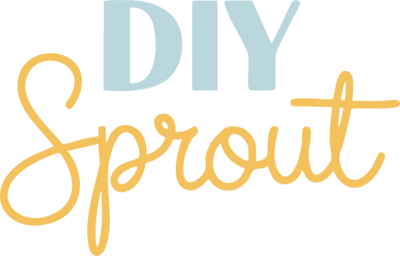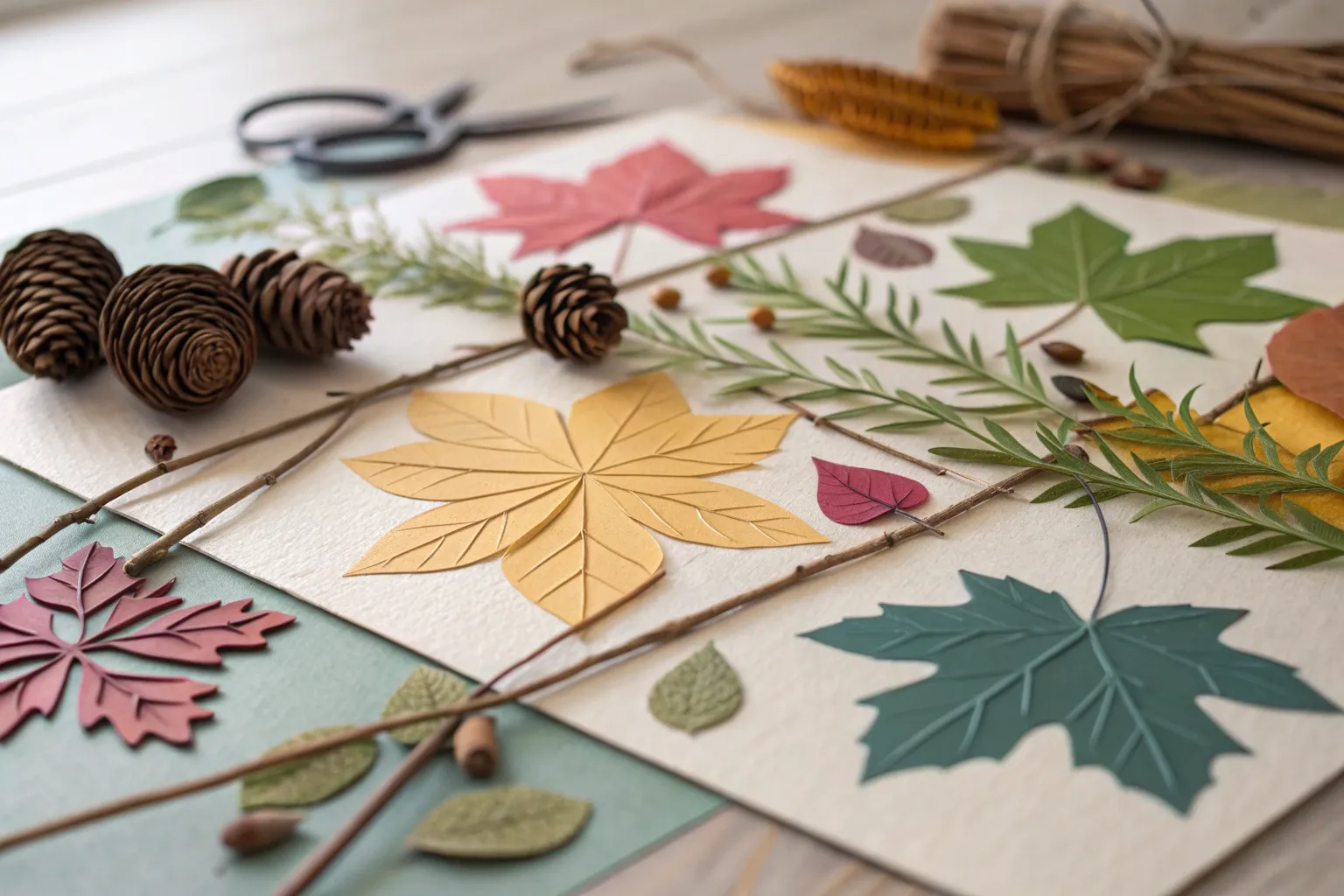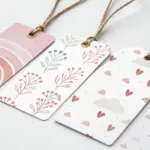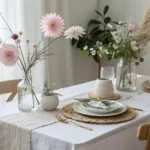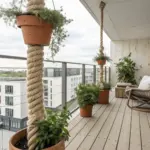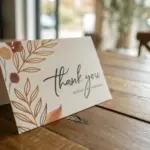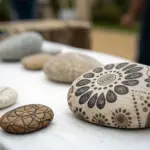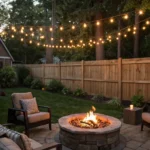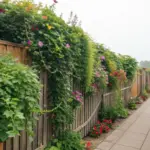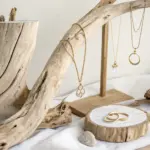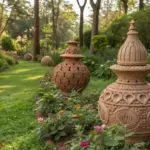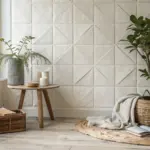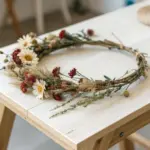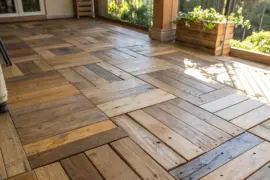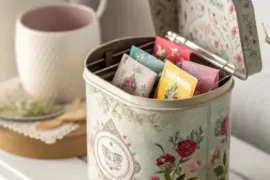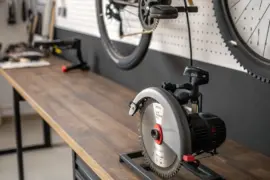Creating abstract paper art offers a meditative pathway to artistic expression while producing sophisticated pieces worthy of professional display. This comprehensive guide will walk you through the entire process of crafting and framing your own abstract paper compositions.
Understanding Abstract Paper Composition
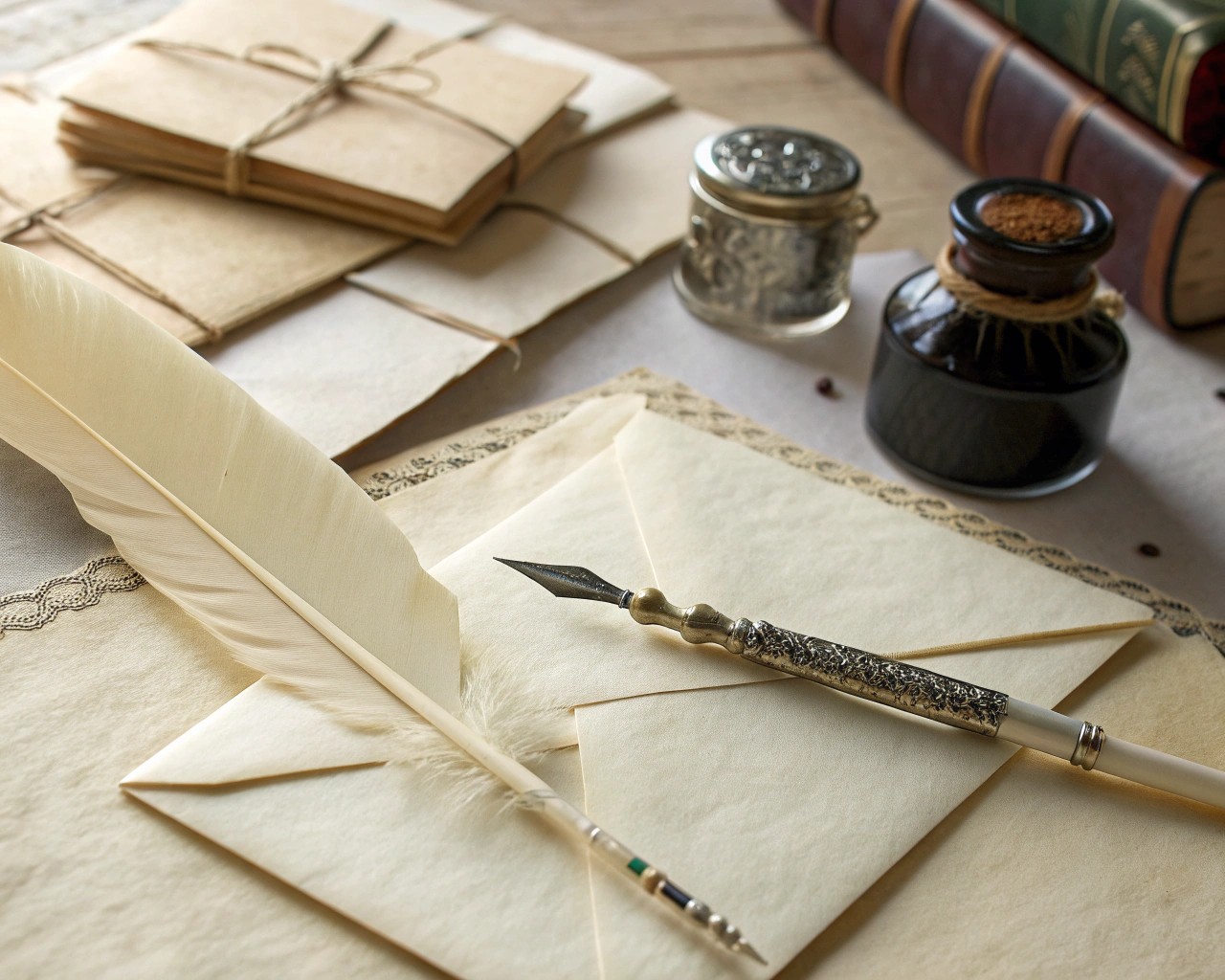
Abstract paper composition relies on the fundamental principles of visual harmony rather than representational forms. I’ve found that the most compelling pieces emerge when you combine geometric precision with organic spontaneity, allowing the paper itself to become both medium and message.The beauty of paper as an artistic medium lies in its accessibility and versatility. Unlike traditional painting, paper composition allows for non-permanent experimentation—you can rearrange, layer, and reconfigure elements until achieving the perfect balance. This process encourages a more thoughtful approach to composition, where each placement decision carries intentional weight.
Essential Tools for Precision Work
Success in abstract paper composition depends heavily on using the right tools for precise cutting and assembly. Professional-grade craft knives with replaceable #11 blades provide the control necessary for intricate geometric shapes and clean edges.A self-healing cutting mat protects your work surface while providing measurement guides for consistent cuts. Pair this with a high-quality metal straight edge for perfectly straight lines—wobbly cuts immediately betray amateur technique and compromise the sophisticated appearance you’re working to achieve.For delicate work involving small elements or fine details, precision tweezers become indispensable. They allow you to position tiny paper pieces without disturbing surrounding elements or leaving fingerprints on your composition.
Color Theory and Visual Impact
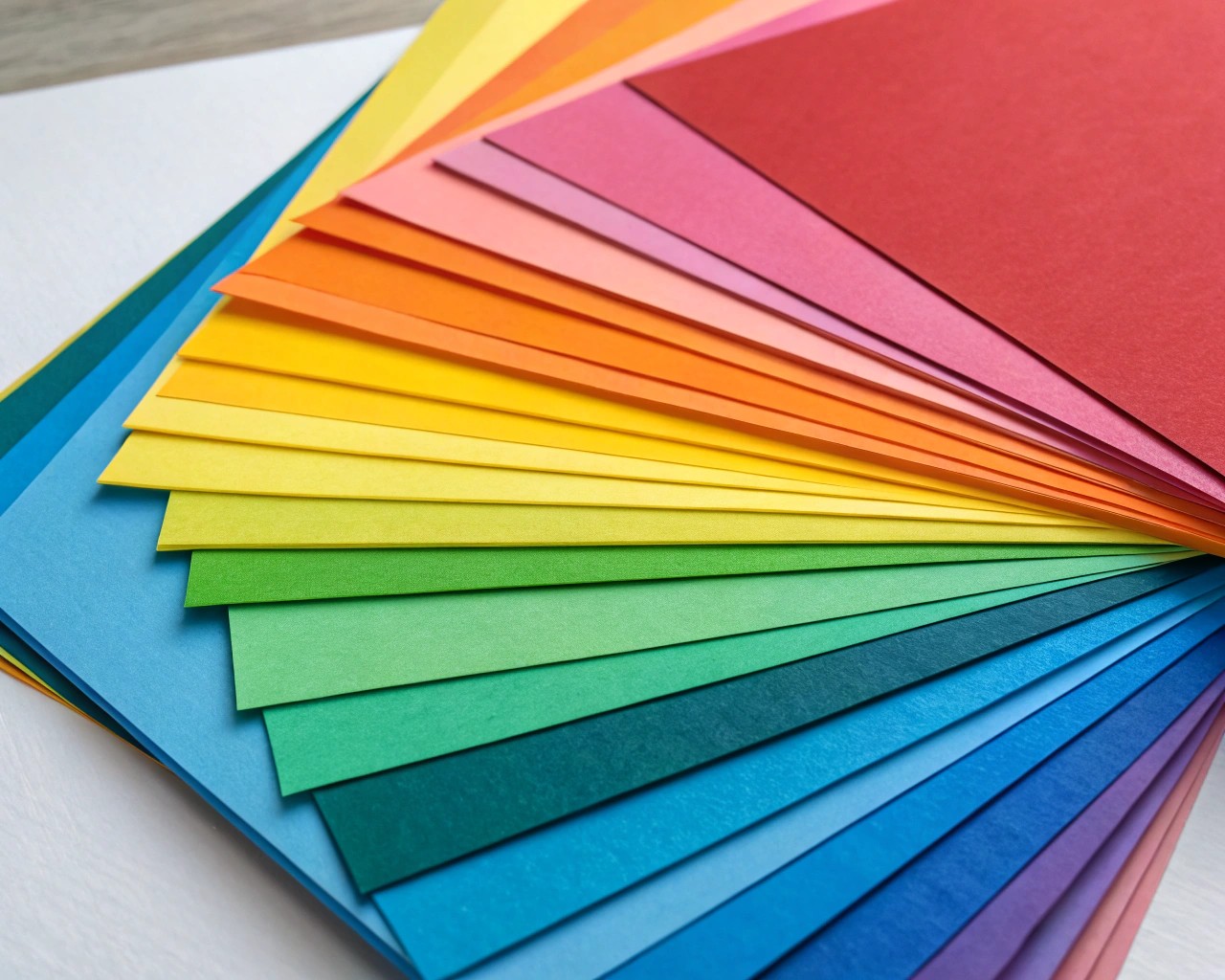
Successful abstract compositions depend heavily on strategic color relationships. The color temperature balance creates visual tension—warm colors advance toward the viewer while cool colors recede, establishing spatial depth even in flat compositions.
Complementary contrasts provide the strongest visual impact. When working with paper strips or geometric shapes, placing complementary colors adjacent to each other creates vibration that energizes the entire composition. However, use this technique sparingly—too much high contrast can overwhelm the viewer.
Analogous harmonies using colors adjacent on the color wheel create soothing, cohesive relationships. These work particularly well for background elements or when you want to establish a unified emotional tone throughout the piece.
Step-by-Step Creation Process
Planning Your Composition
Begin with thumbnail sketches no larger than 4″ x 6″. These small studies help you work out major compositional relationships without getting caught in details. I typically create 8-12 thumbnails before settling on a direction, focusing on visual weight distribution, movement patterns, and major color zones.
Construction Techniques
Establish Your Foundation: Prepare your watercolor paper substrate by lightly scoring fold lines if your composition includes dimensional elements. Clean the surface with a soft brush to remove any debris that could interfere with adhesion.
Create Paper Elements: Cut your colored papers using deliberate, confident strokes. For straight edges, use your metal ruler and craft knife, making multiple light passes rather than attempting to cut through in one motion. This technique produces cleaner edges and prevents paper tearing.
Strategic Layering: Begin with background elements and work forward. Apply adhesive sparingly but completely, ensuring edges are well-secured to prevent lifting over time. Use your bone folder to eliminate air bubbles, working from the center outward.
Advanced Techniques
Dimensional Folding: Incorporate origami techniques to add sculptural elements. Simple mountain and valley folds can transform flat paper strips into dynamic, light-catching features.
Texture Integration: Paper weaving creates rich textural areas while maintaining the flat composition format. Cut parallel slits in a background sheet, then weave contrasting strips through, varying the over-under pattern for visual interest.
Gradient Transitions: Create smooth color transitions by overlapping translucent papers or by arranging opaque papers in carefully calibrated sequences.
Professional Framing Techniques
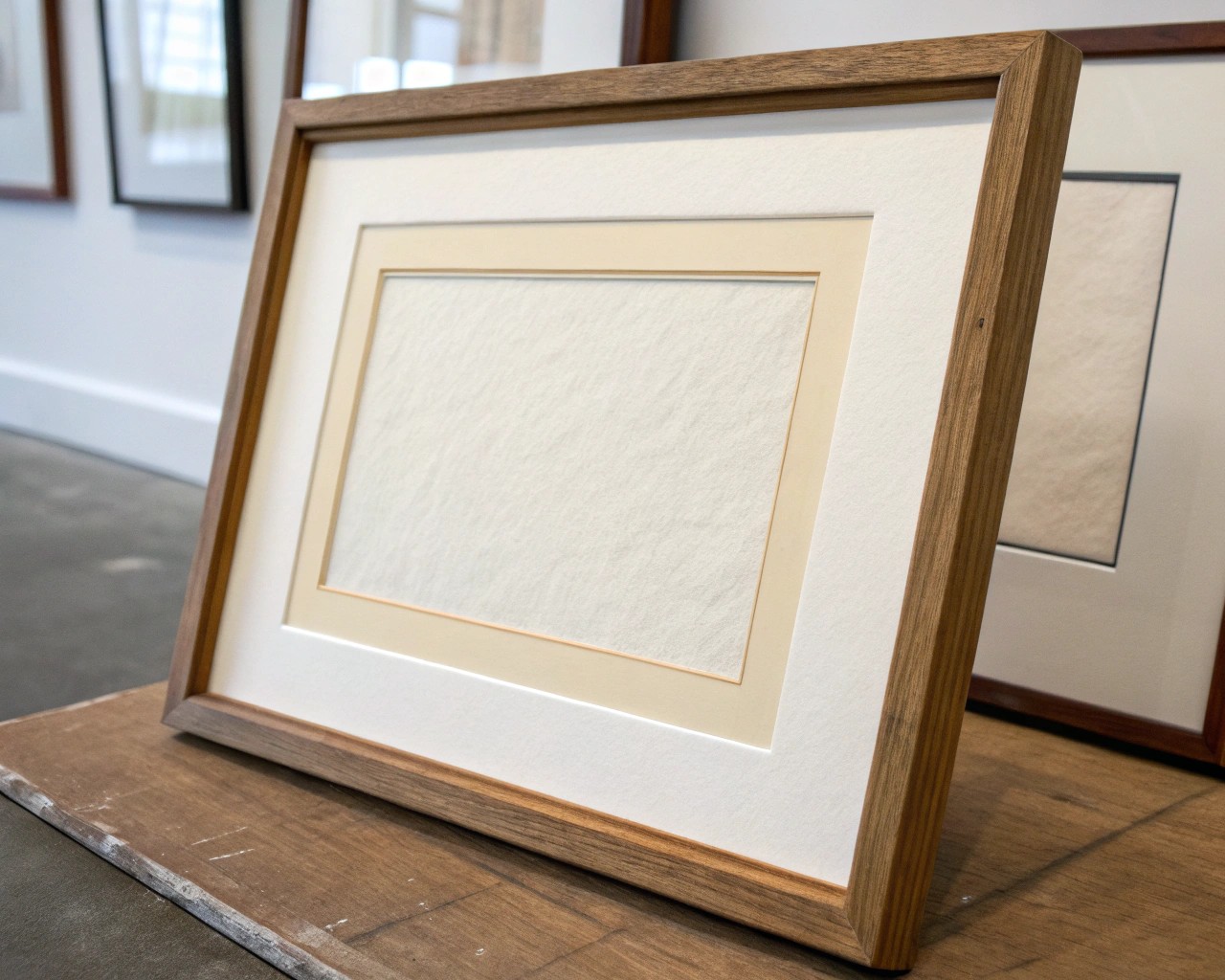
Frame Selection and Matting
Frame selection significantly impacts how viewers perceive your artwork. For abstract paper compositions, I recommend simple, clean-lined frames that complement rather than compete with the artwork. The frame depth must accommodate your mat, artwork, backing board, and glazing—typically requiring at least 3/4″ depth.
Window matting creates breathing space around your composition while protecting it from direct contact with glazing. Choose mat colors that enhance your artwork without overwhelming it—neutral colors work universally well, while colored mats can echo secondary colors in your composition.
Float mounting showcases the entire paper substrate, including any deckled or torn edges. This technique requires careful planning since the artwork sits on top of the backing mat rather than behind a window opening.
Assembly Process
The proper layering sequence ensures long-term preservation and professional appearance. From front to back, arrange: glazing, mat (if using), artwork, backing board, and dust cover.Use acid-free linen tape to create hinges at the top edge of your artwork. Never tape all four sides—paper needs room to expand and contract with humidity changes. Position hinges approximately 1.5″ from each corner.
UV protection in glazing prevents color fading, particularly important for papers containing light-sensitive components. Museum-quality glazing blocks 99% of UV rays while maintaining excellent optical clarity.
Inspiration and Style Development
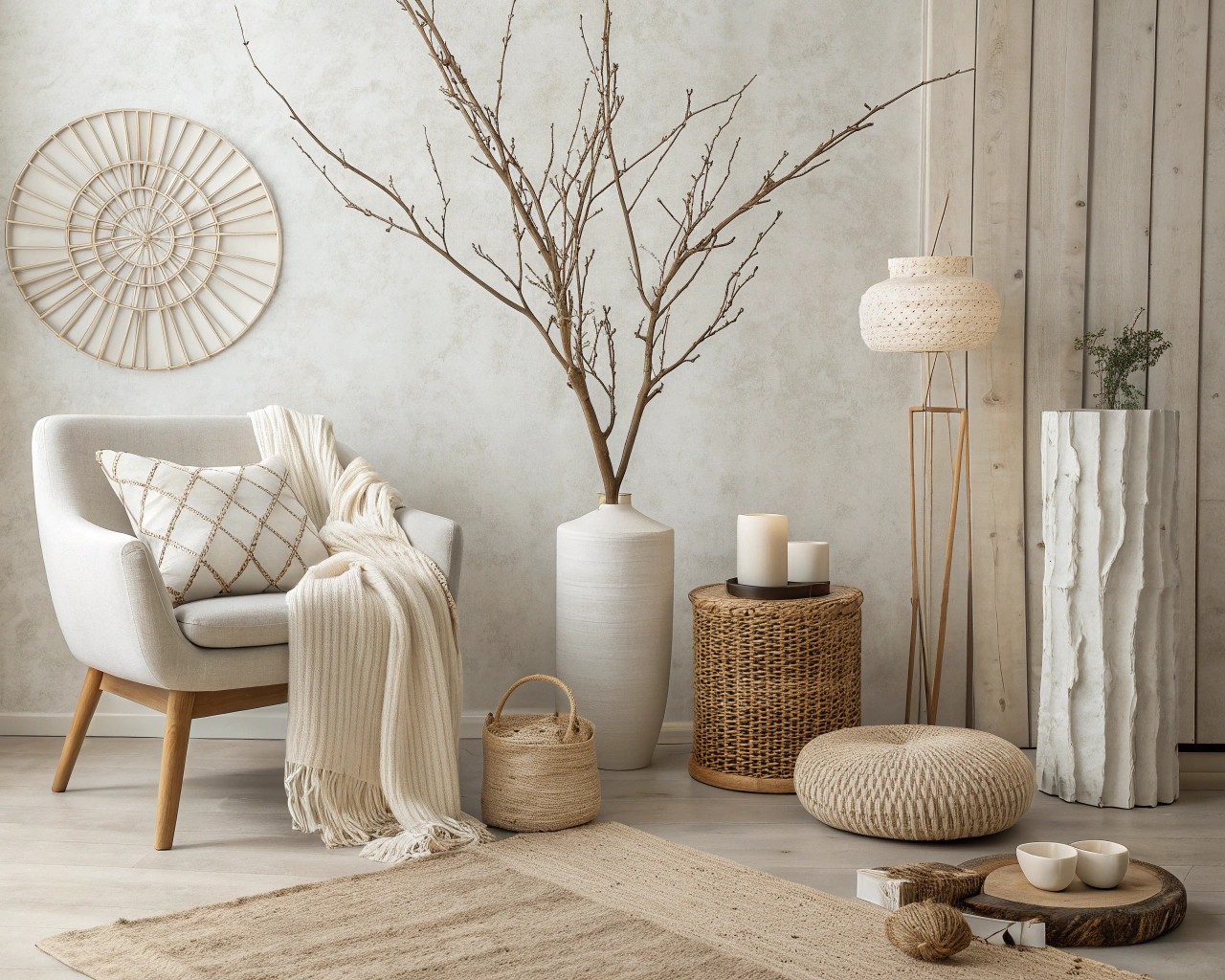
Geometric Abstractions
Mondrian-inspired grids using paper strips create bold, architectural compositions. Vary strip widths and spacing to avoid mechanical repetition while maintaining the underlying grid structure.
Islamic geometric patterns offer complex mathematical relationships that translate beautifully to paper medium. Start with simple star-and-polygon patterns before attempting more intricate designs.
Mixed Media Integration
Incorporate drawing elements using graphite, charcoal, or colored pencils to add linear interest or subtle shading effects. Apply these after paper elements are secured but before final framing.
Selective use of paint can create focal points or unify disparate paper elements. Use acrylic paints sparingly to maintain the essential paper character of your composition.
Troubleshooting and Quality Control
Common Issues and Solutions
Adhesion Problems: If papers aren’t adhering properly, check that both surfaces are clean and dry. Some coated papers require light sanding to accept adhesive. Always test adhesives on scraps before applying to final artwork.
Color Relationships: Step back and evaluate your composition in different lighting conditions. What works under warm incandescent light may appear completely different under cool daylight.
Warping Issues: Paper substrates may warp with humidity changes or adhesive moisture. Use minimal adhesive and allow complete drying before framing. For severe warping, place the artwork under weighted books overnight.
Building Your Artistic Practice
Abstract paper composition rewards systematic experimentation and personal interpretation. I encourage you to develop signature techniques—perhaps a particular approach to color transitions, a preferred geometric vocabulary, or innovative dimensional treatments.
Document your process through photographs and notes. Understanding what works allows you to build upon successes while learning from less successful experiments. Consider creating series of related works rather than individual pieces—working within self-imposed constraints often produces more sophisticated and cohesive results.
The intersection of careful planning and intuitive response creates the most satisfying abstract compositions. Trust your developing visual judgment while remaining open to unexpected discoveries that emerge during the creative process.
Your finished, professionally framed abstract paper compositions will bring years of visual pleasure while demonstrating the sophisticated possibilities inherent in this accessible but infinitely variable medium.
